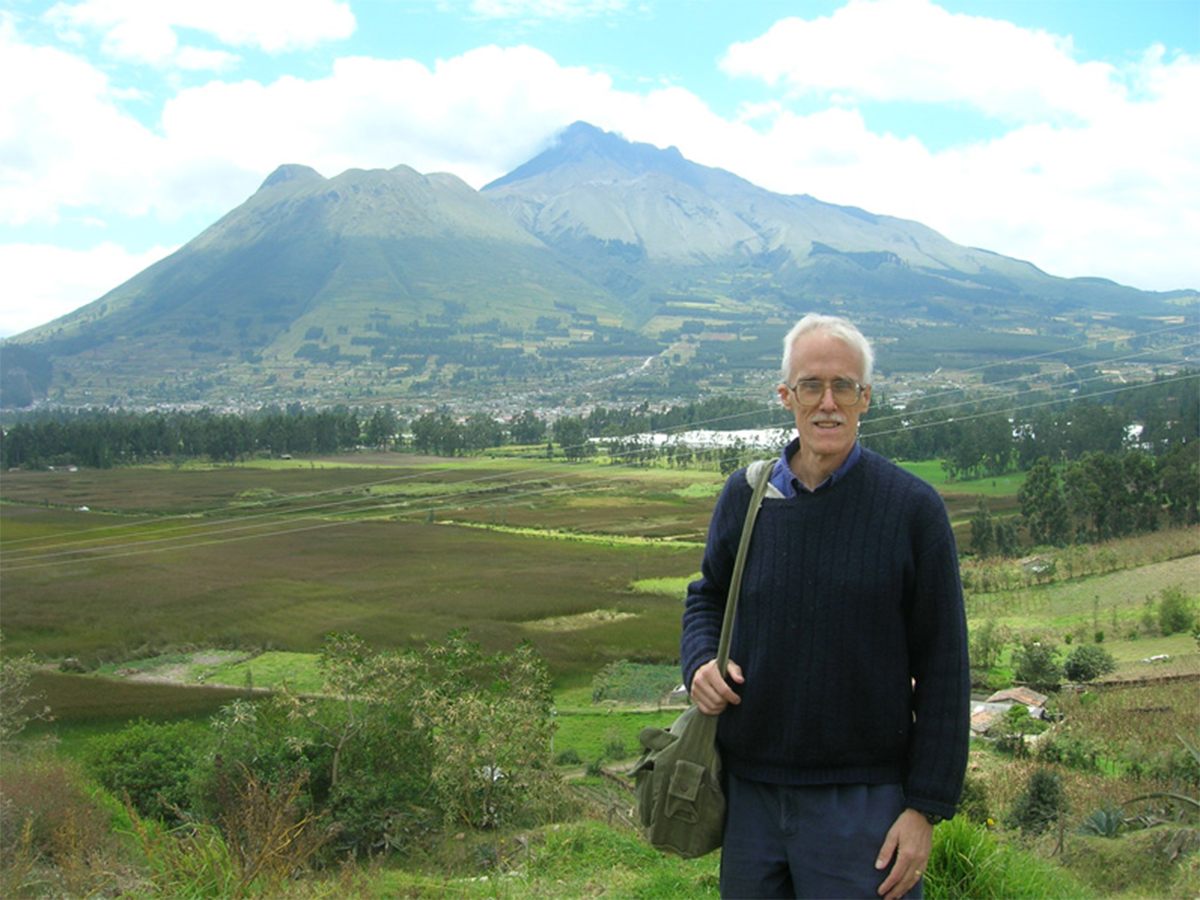The blending of the Spanish language and American culture has led to the creation of unique dialects and increased bilingualism. The impact and perceptions of these changes were the focus of a guest lecture given by Dr. John M. Lipski, an Edwin Erle Sparks professor of Spanish and linguistics at Pennsylvania State University last Monday.
With research centered between the studies of linguistics and Hispanic culture, Dr. Lipski’s talk focused on the linguistic development of Spanish in America due to its various iterations and cultural implications. The purpose of the lecture was also to inspire students interested or working in these subject matters to apply for the National Science Foundation’s Partnerships for International Research Education, or PIRE.
Covering a time period from before current American borders were drawn, and when what is currently California was still part of Mexico, the lecture covered periods of history when communities of Spanish-speaking, often Mexican migrants would root themselves in American society with the consequence of blending languages.
“There was a labor shortage in the Southwest during World War I, and so trains full of migrant workers were brought in,” said Dr. Lipski. “People thought once the work was done the workers would just go back where they came from but it doesn’t work like that.”
Over the course of history, the blending of Spanish and English has led to the formation of dialects like “Spanglish,” referring to a distinctly English-influenced form of Spanish. Dr. Lipski explained that these dialects filter up through society, so by the time academia begins researching them, the language may have already changed again. “The term ‘Spanglish’ can actually be hurtful or inaccurate. It groups some 50,000 people together under a term that they may not all feel applies to them.”
He also explained that the term “Chicano” was eventually given credence by academia after initially carrying a negative connotation. “It used to be used by wealthier Mexicans to refer to poor people and criminals,” he said. “But over time the connotation changed and it became a source of cultural pride.”
Starting at Penn State, the PIRE program has spread, and given UCR’s diverse and largely bilingual campus, as well as its proximity to the Mexican border, it made sense for PIRE to extend its research opportunities here.
Dr. Judith Kroll, distinguished professor of psychology, linguistics and women’s studies, has conducted research through PIRE concerning bilingualism. She was a professor at Penn State before coming to Riverside, an area whose diversity continues to lend itself to the kind of research she and Dr. Lipski conduct.
“I was on the faculty there for 22 years before coming to UCR in 2016,” she said, “When I left, we had just been awarded a new PIRE grant so I was able to take a portion with me to UCR.”
Dr. Kroll organized this lecture for Bilingualism Matters, which is part of UCR’s Center for Ideas and Society. Bilingualism Matters focuses on research efforts concerning the benefits of learning multiple languages. “Bilingualism Matters is an organization that attempts to bridge between the research and the community to address myths about bilingualism that are widely held but untrue,” said Dr. Kroll.
PIRE also provides funding for students to conduct linguistic research in other countries, something Dr. Lipski has done extensively, evidenced by the pictures he showed of himself standing on the invisible borders of countries like Bolivia and Peru. He spoke of how the changing and crossing of borders leads to the blending of language, forming unique dialects and shaping cultural attitudes.
Bilingualism Matters will host its inaugural research symposium on September 7 in Edinburgh, Scotland, where the project began as an information service for parents on the benefits of bilingualism but has since grown into an institution at the University of Edinburgh.








